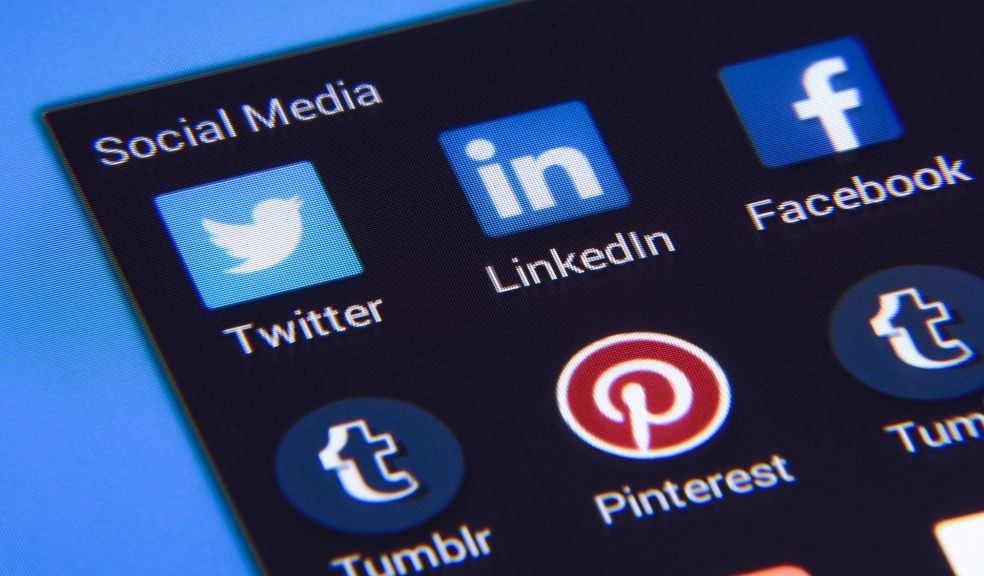
The Business Executive's Guide to Social Media
Business executives navigating the world of social media – LinkedIn, Facebook and Twitter are the big three – face a variety of challenges. Social media opens doors.
Business execs build new partnerships, find talent, attract new customers and solidify professional reputations with social media. They can also make costly mistakes, most often in small ways but once in awhile, in a BIG way. Here's a social media guide to help you do all the right things and avoid making one of those "BIG way" mistakes.
Social Media Channels – They're Not All the Same
You probably have a LinkedIn profile similar to Fergus Cleaver's and that's great. As a business executive, you should have a LinkedIn profile. Why? LinkedIn is the leading social networking for business professionals.
LinkedIn's mission is to connect professionals around the world to make them more successful and productive. LinkedIn is a way to establish a professional network, get industry insights, search for career opportunities, recruit talent and provides a venue for you to share your knowledge and expertise with other leaders.
Facebook, on the other hand, caters to an entirely different audience. According to PEW Research, 79 percent of all internet users use Facebook. That's a staggering percentage. User demographics cover a wide range, with women using the channel slightly more than men. Research also shows a 14-point increase in usage for adults age 65 and older. In other words, everybody uses Facebook.
But, Facebook’s user base is very different from LinkedIn's base, which is geared toward the business user. Consumers of all ages and genders use Facebook. That makes it the ideal place to build a community and engage with your customers.
Another popular social media network is Twitter. Only 24 percent of adult internet users are part of the Twitter community. The age demographic skews much younger than Facebook, with adults aged 18-29 outnumbering older users.
However, Twitter is the ideal network for instant communication, including product intros and breaking news. And, something for business executives to remember – tweets are easily shared over multiple networks, including LinkedIn and Facebook. Even though fewer people use Twitter overall, it's range is far wider than it first appears.
To use social media successfully, you have to understand the differences between the channels and post accordingly. If you don't, you'll be ignored.
Watch Out for Minefields
Actively participating in social media is a minefield for the unwary. The internet never forgets no matter how quickly you remove an unwise post. Take, for example, the story of the now former CEO of an innovation firm. He unwisely wrote a Facebook post complaining about how the homeless, mentally ill and other "degenerates" were ruining San Francisco. He later removed the offending post and apologized but the damage was done. He was forced to resign.
What's the moral of the story? Think before you post anything. Don't engage in public battles. Don't post off-the-cuff remarks. And, never post when you're angry or had too much to drink.
How to Be Social
Develop a strategy for each channel in which you participate. Obviously, the posts you write for LinkedIn will be different from those you write for Facebook. Target your audience in each venue, but be aware that sharing means those outside your target groups are also likely to see your posts.
Follow these tips for social media success:
- Show Your Personality: Be friendly. Talk about your hobbies. Show off your sense of humor. Sure, your profession is your main focus, but you need to show you're human, too.
- Interact with Followers: Social media is a conversation, not a monologue.
- Acknowledge Others: Whether it's a colleague, employee, fellow-networker or client, acknowledge the hard work and accomplishments of others. Remember to put the "us" in your social media plan.

















